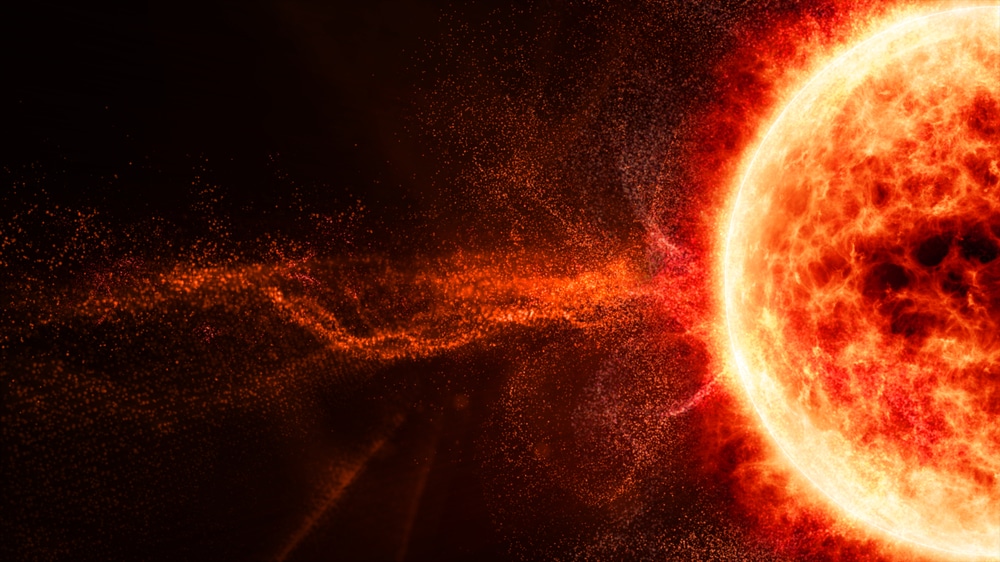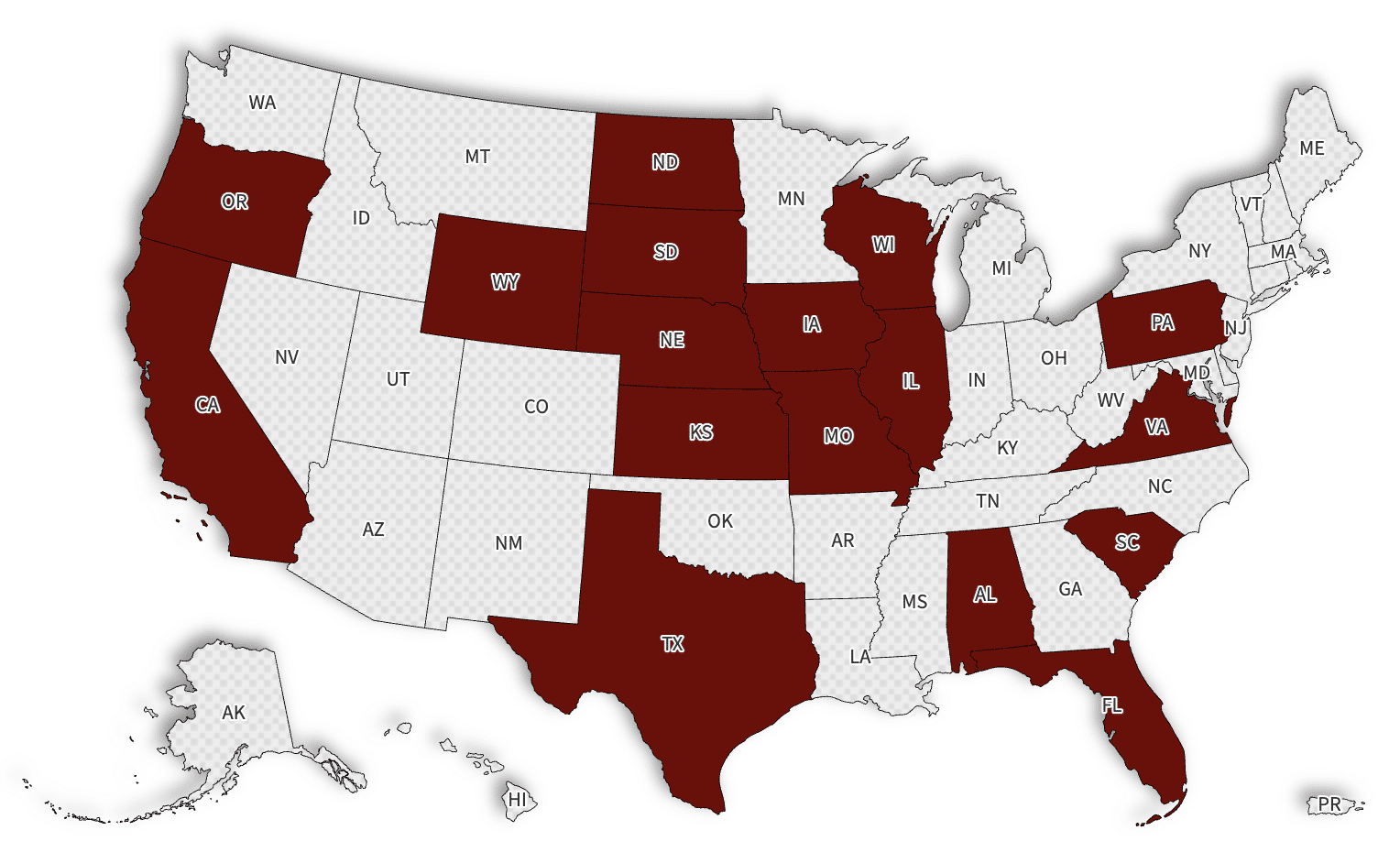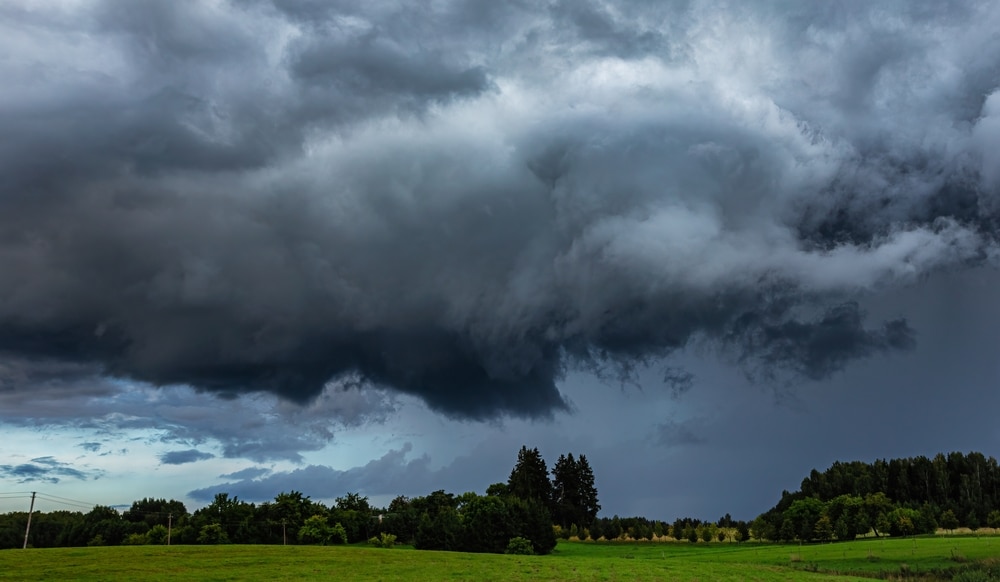The government agency tasked with monitoring space weather has warned that a powerful solar storm could interfere with power grids, satellites, and radio signals — although it might also have sent the beautiful northern lights incredibly far south overnight into Thursday (Nov. 4).
The Space Weather Prediction Center (SWPC), an office within the National Oceanic and Atmospheric Administration (NOAA), has been monitoring a series of outbursts from our sun that began on Monday (Nov. 1). Since then, the sun has produced several coronal mass ejections (CMEs),
which are bubbles of hot gas and magnetic field; while such activity can come from any part of the sun, the current examples have headed out into space toward Earth, making them of particular interest to humans. Some sun weather trackers dubbed one of those eruptions a “cannibal CME” after it overtook an earlier storm.
SWPC warned that as the current geomagnetic storm unfolds, the consequences may affect people’s daily lives, including “voltage irregularities possible in the electric power grid, false alarms may be triggered on some protection devices” and “intermittent satellite navigation (GPS) problems,” according to a NOAA statement. NOAA operates a host of satellites that can detect CMEs.
The CME responsible for today’s potential impacts reached the Deep Space Climate Observatory (DSCOVR) spacecraft late on Wednesday, then reached the GOES-16 satellite about 15 minutes later, according to a statement. DSCOVR is located about 1 million miles (1.5 million kilometers) away from Earth in the direction of the sun; GOES-16 is located in geostationary orbit about 22,200 miles (35,800 km) above the equator monitoring the East Coast of the U.S. READ MORE
















